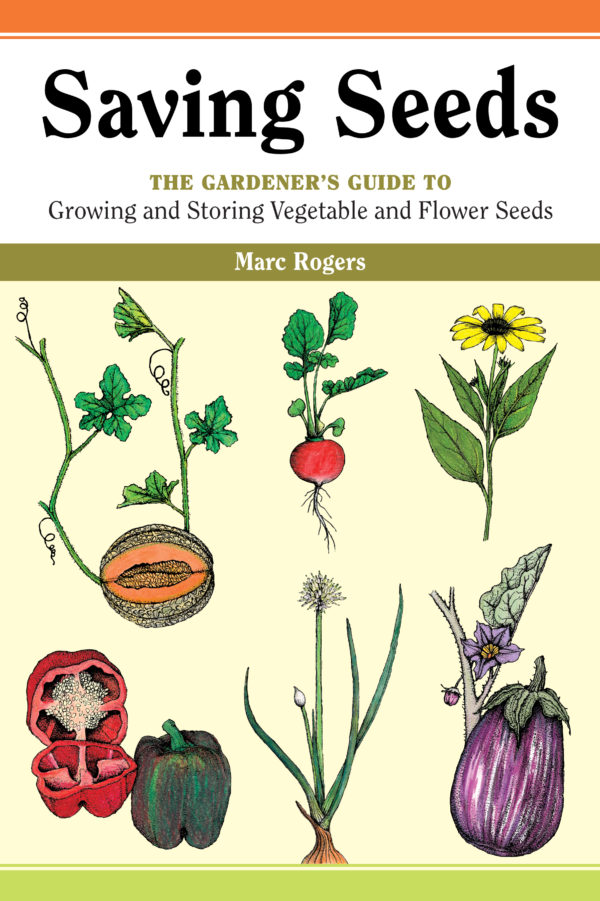Outcrossing Plant Seed Saving Methods
If you are a gardener or homesteader looking to save seeds from your plants, one important concept to understand is outcrossing. Outcrossing refers to the process of pollination between different individuals within the same species. This genetic diversity can lead to healthier and more robust plants in the long run. In this article, we will explore some methods for saving seeds from outcrossing plants.
Firstly, it’s essential to select suitable plant varieties that are known for their outcrossing nature. These plants have flowers that can be easily cross-pollinated by insects or wind. Some common examples include lettuce, corn, squash, tomatoes, and beans.
To ensure successful seed saving from outcrossing plants, it’s crucial to create enough distance between different varieties of the same species. If these varieties are too close together during flowering time, there is a higher chance of unintentional cross-pollination occurring. The recommended distance varies depending on the plant species; however, a general rule of thumb is at least 100 feet apart.
Another technique used in seed-saving is called bagging or caging flowers. This method involves covering individual flower heads with breathable fabric bags or cages made of fine mesh material before they open up for pollination. This physical barrier prevents any unwanted pollen from reaching the flowers and ensures pure seed production.
Hand-pollination is another effective way to control cross-pollination in outcrossing plants while still encouraging genetic diversity within a single variety. With this method, you manually transfer pollen from one flower to another using a small brush or cotton swab. By selectively choosing which flowers receive pollen and ensuring they come from the same variety only (but different individuals), you can maintain purity in your saved seeds.
When collecting seeds from outcrossing plants, it’s essential to allow them enough time to fully mature on the plant before harvesting them. The seeds should be dry and easily separated from the plant. Once harvested, ensure they are stored in a cool and dry place to maintain their viability.
By following these outcrossing seed-saving methods, you can enjoy the benefits of healthy and diverse plants in your garden or homestead. Remember to research specific techniques for each plant species you wish to save seeds from, as some may have unique requirements.


Leave a comment